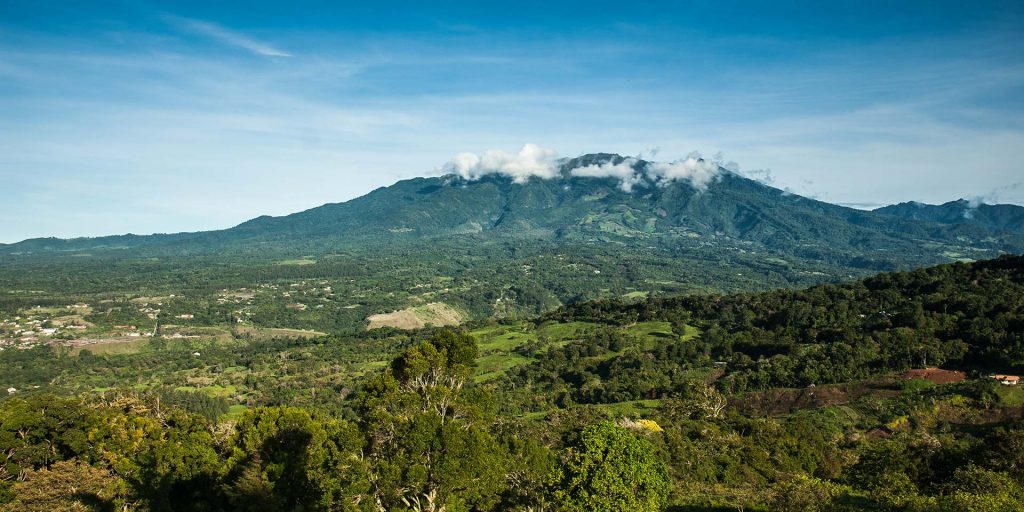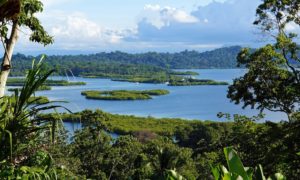
Panama
The ease of travel and a wide array of experiences make Panama
one of the most attractive emerging tourism destinations in the world. In just one week, visitors can enjoy two different oceans, experience the mountains and rainforest, learn about native cultures and take advantage of vibrant urban life. The capital, Panama City, is a modern, sophisticated metropolis that resembles Miami and has established commerce, arts, fashion, and dining. Fodors, Frommers and National Geographic have all recently begun publishing guides for Panama, only the second country in Central America, behind Costa Rica, to have such extensive travel coverage.
The Canal itself is best seen via an aerial view through the local operator (www.panamaflightadventures.com) and is the central marvel and spectacle of Panama among many. Even stunt and trick flights with veteran air force pilots and skydives are available over the marvel of engineering, to appreciate the entire scale of and ambition behind it.
Panama is known as the “Crossroads of the Americas” due to its privileged position between North and South America. The indigenous meaning of the country’s name, “abundance of fish”, reflects Panama’s reputation as a paradise for water sports enthusiasts and eco-tourists alike. As the isthmus connecting two massive continents, Panama’s flora and fauna is incredibly diverse. For example, Panama boasts over 900 different bird species. Panama’s many indigenous tribes are still thriving, living in the same ancient manner as their ancestors, making its cultural fabric exceptionally rich.
Tucked away on the eastern slopes of the Barú Volcano at 1200 meters is the small and charming mountain village of Boquete, approx. 40 km from the town of David. Known to produce some of the sweetest oranges and richest coffees in all of Panama, Boquete is quickly becoming a destination for those visitors seeking a sunny though cool mountain weather. Boquete’s healthy climate has prompted many to believe it is the secret to longevity, since many native Boqueteños have lived well on past their one-hundredth birthday. Boquete’s surrounding hills and slopes are primarily covered in shade-grown coffee plantations, providing a rich product recognized by international connoisseurs. Coffee is primarily picked by the Guaymi Indians during the months of October through February. Coffee picking season is a festive time and colorfully clad Indian families come from various parts of the province to harvest the coffee cherries.


